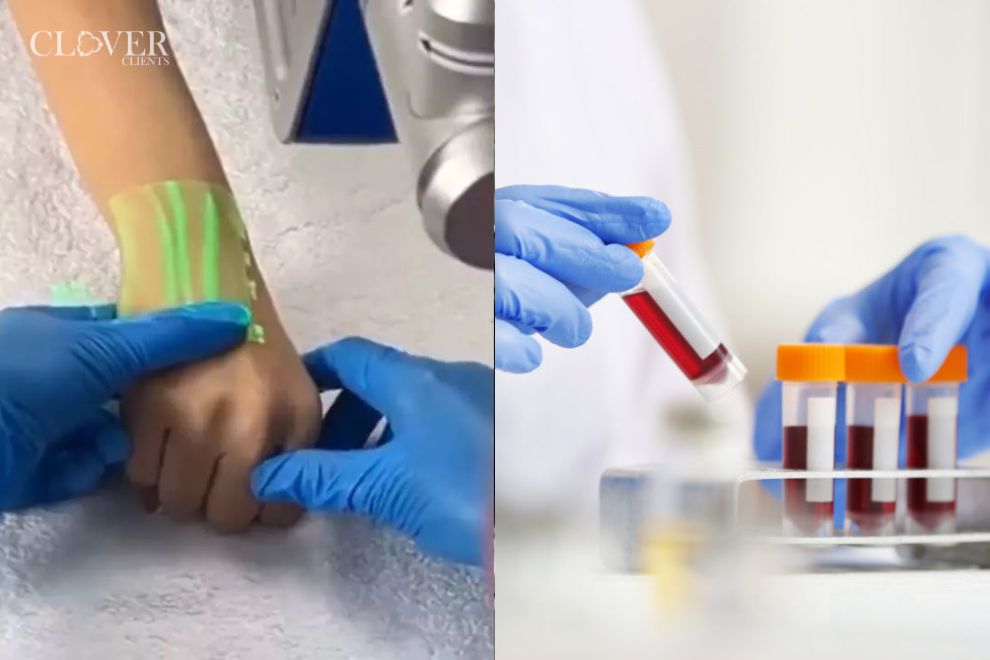Anand Mahindra shares a video of new vein detecting technology, aided by infrared light. “Using infrared light to locate veins. Saving the pain from repeated attempts to find a vein when drawing blood,” Mahindra wrote while sharing the video on X. The video depicts exactly how this technology has been able to make blood withdrawal less painful and easier.
Using infrared light to locate veins.
— anand mahindra (@anandmahindra) July 6, 2024
Saving the pain from repeated attempts to find a vein when drawing blood.
It’s often the smallest, least glamorous inventions which significantly improve our medical experience and hence, the quality of our lives… pic.twitter.com/XgZI8Bcf2m
Impact on the Medical Experience
According to Mahindra, even the rudest, least glamorous of inventions have the potential to alter a great deal of our medical experiences and quality of life. He lauded the vein detecting technology for its potential to quash a good amount of discomfort and difficulty one goes through at the time of drawing blood.
Public Response and Views
Since being shared, the video has garnered over 680,000 views. There were many comments from users driving home their views and sharing their personal experiences. One of the users wrote, “This is brilliant and could prevent a lot of phobias. From personal experience, the practicality of this would have saved several traumas. Helps the professional and the patient.”
One more user commented, “We want this Tech at local blood test centers; last year, my yearly check-up nurse did four punctures in my hands.” This story shows the practical need for such technology in everyday medical settings.
Personal Stories and Endorsements
One more person wrote, “This is going to be so useful. My mom has this issue when we do blood tests for her, and it takes an experienced person to find the vein. This technology can empower so many people in the medical field.”
These comments reflect the general demand for smart solutions in medical procedures, particularly where they help alleviate some discomfort to the patient or give an edge in terms of efficiency.
Anand Mahindra’s thumbs-up on this infrared light vein detecting technology has been all over cyberspace. Such an overwhelmingly positive response, is, therefore, indicative that such innovation is one of the more integral parts of upgrading medical procedures and the general care accorded to patients.













